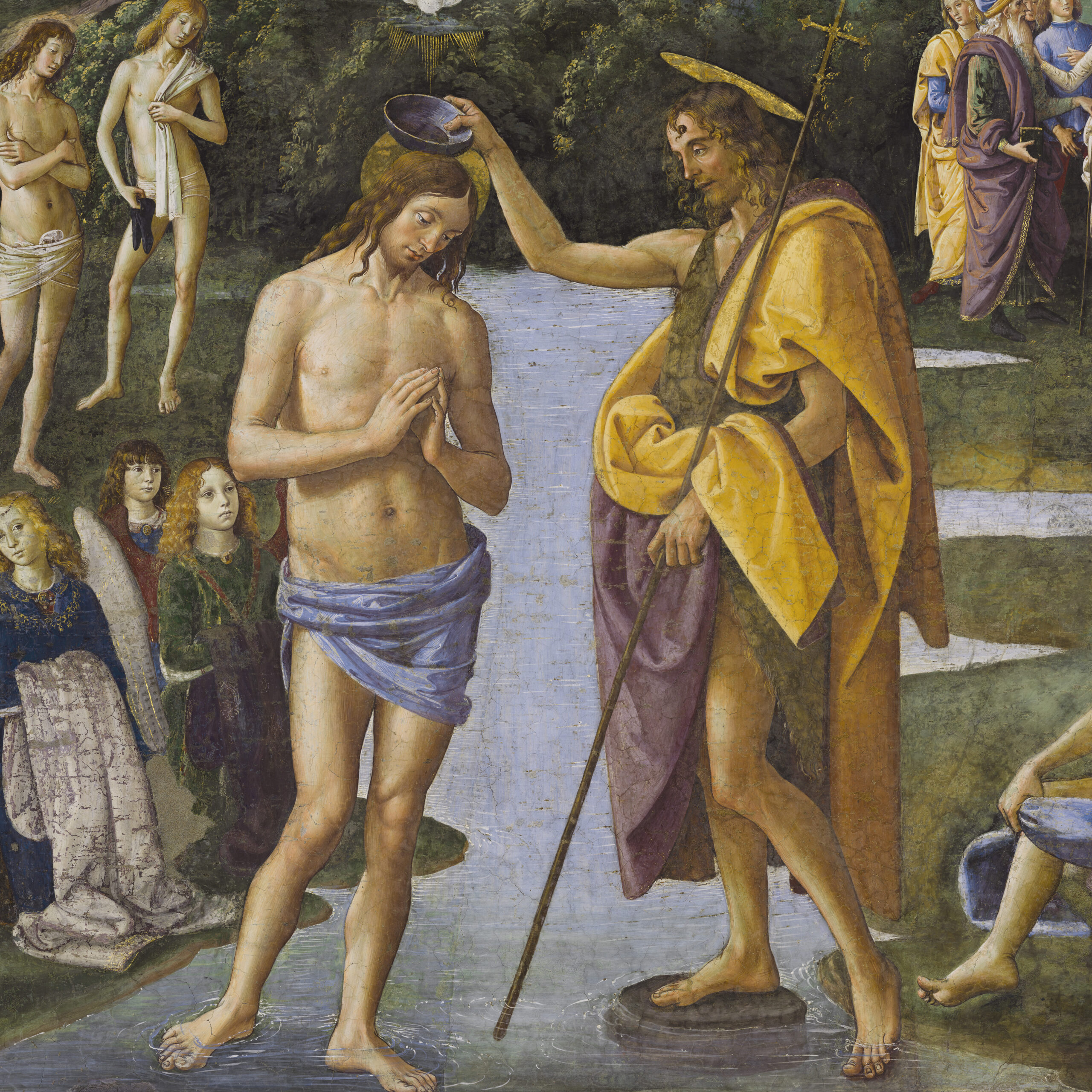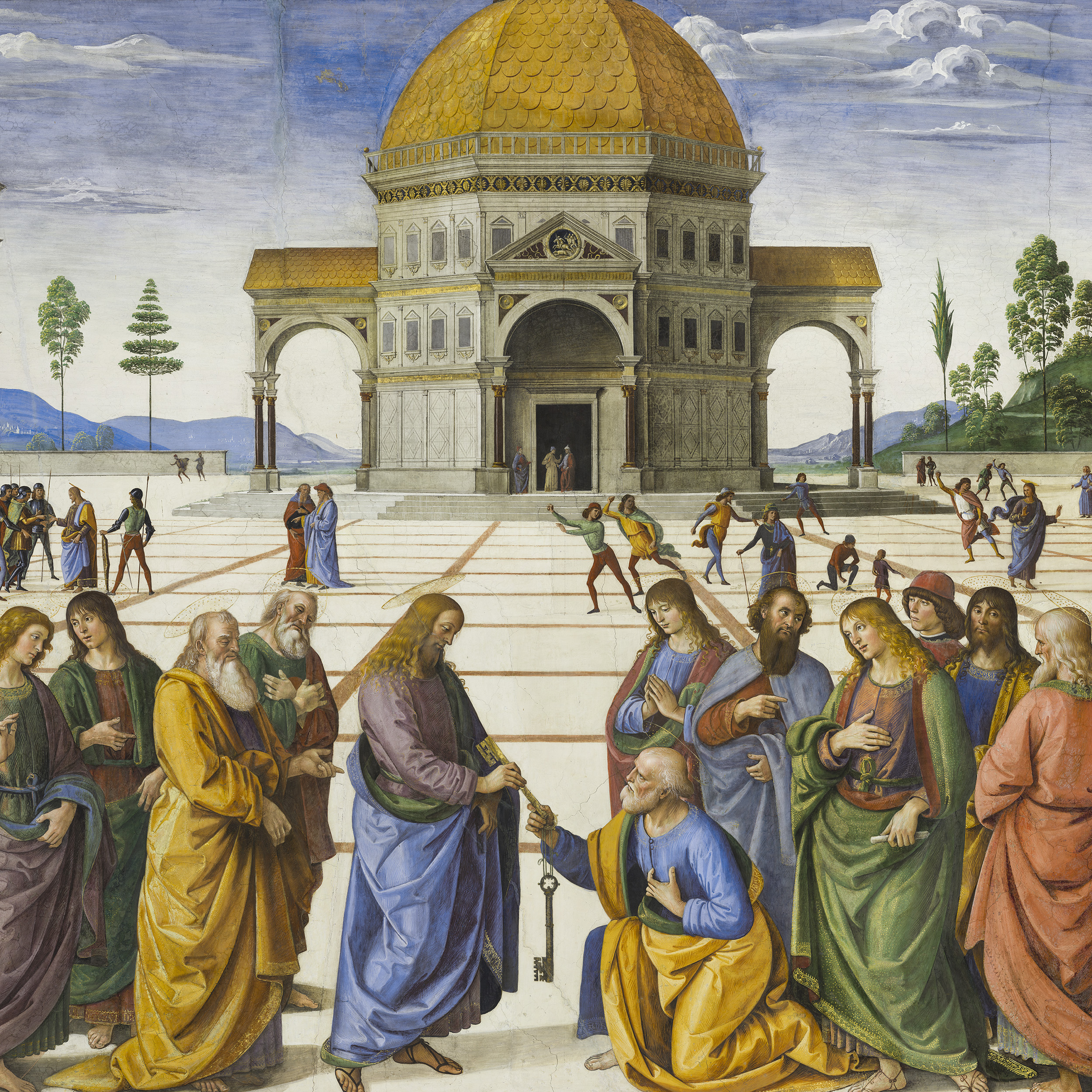
Adoration of the Shepherds – Victoria & Albert Museum – London
The fresco, originally executed in the Oratorio della Confraternita dell’Annunziata in Fontignano, was detached and transferred to a triangular canvas. Realized in 1523, it is probably

The fresco, originally executed in the Oratorio della Confraternita dell’Annunziata in Fontignano, was detached and transferred to a triangular canvas. Realized in 1523, it is probably

The work is stylistically attributed to Perugino (1494-96) or to one of his students, Sperandio di Giovanni, who should have realized it around 1506. The

The large fresco for the Chapter Room of the Cistercian convent of Cestello was originally commissioned to Perugino by Dionigi and Giovanna Pucci; the work

In 1990 this painting was brought back to Italy thanks to the Cassa di Risparmio of Florence, who bought it from a London antiques market;

The fresco occupies the entire wall of the convent of the Franciscan tertiaries, including some women of high social abstraction, which since 1430 have been

The frescoes in the Stanza dell’Incendio di Borgo were realized as part of the decorative campaign commissioned by Cardinal Giuliano della Rovere once he became

This work was realized by Perugino together with his assistants, including Pintoricchio.The scene, set in a fairy-tale landscape characterized by some large rocks, narrates on

The two frescos are part of the twenty-eight popes painted in false niches; among these Popes, Anterus and Fabian were probably realized by Perugino, for

Perugino certainly realized the composition and the preparatory drawings of the two main figures, Jesus and John the Baptist, and of some of the characters

The large fresco was entirely executed by Pietro Vannucci in 1483; among the whole cycle, this is the scene that best conveys the complex ideological